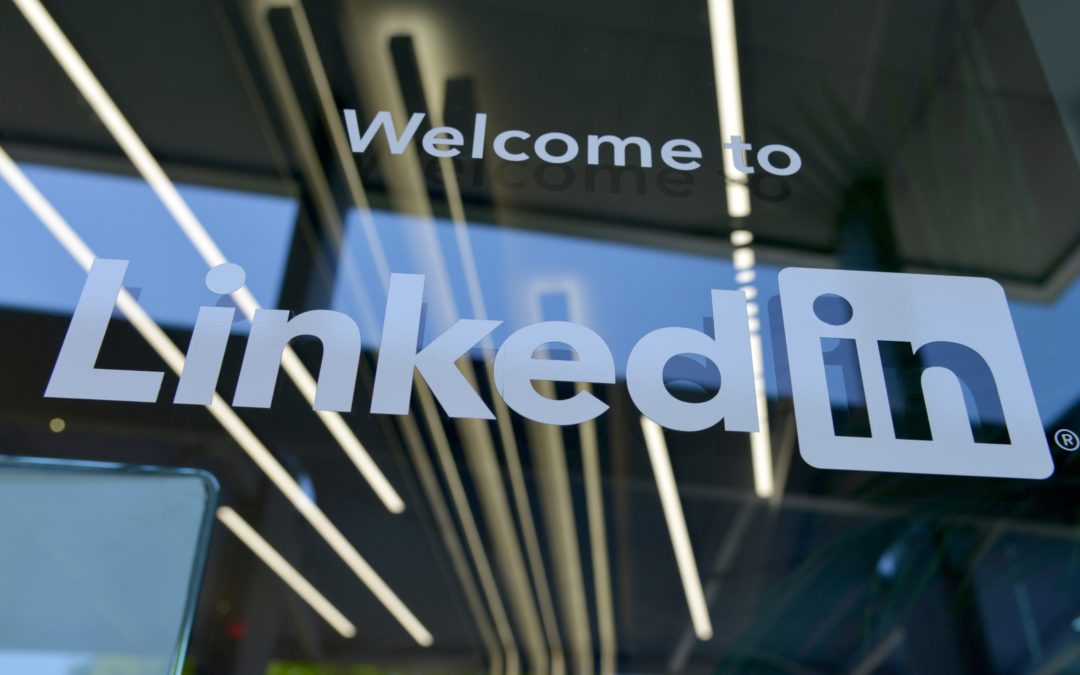It’s important to maintain your personal privacy online, and with many of us carrying multiple social media accounts across various platforms it can become tricky keeping up with security policies and updates. We have consolidated a 7-step health check to assist you with maintaining the security of your Linkedin profile.
1. Disable search engine crawlers
The LinkedIn default setting allows search engine crawlers like Google to access your name, title, current company and picture.
Settings & Privacy > Privacy tab> Edit your public profile > Your profile’s public visibility> Off
2. Limit who can see your contact information
Your email address can be harvested and used for sending spear phishing email messages. You should only allow LinkedIn messaging for communication.
Settings and Privacy > Privacy tab > Who can see your email address > Only visible to me
Select your image > View Profile > Contact info > remove your birth date and mobile number
3. Review your privacy control settings
There are several options available to control your information and activity on the LinkedIn. It is recommended to set all settings to most restrictive.
Settings & Privacy > Privacy tab> review all options under “How others see your LinkedIn activity”
4. Review third party services that can access your Profile
You may have granted third parties’ access to your LinkedIn profile and network data. The regular review assures that services that are no longer in use have been removed from this access.
Settings & Privacy > Account tab > review all options under “Partners and services”
5. Control who can see your last name
Most organisations follow a predictive email address convention. Displaying your last name makes it easier for others to predict your email address and possibly build an email addresses database of your organisation.
Settings & Privacy > Privacy tab > Who can see your last name > Abbreviated
6. Change your password and enable 2FA
LinkedIn has a history of breaches, vulnerabilities, and personal data leaks. If you have not changed your LinkedIn password in the last few years, your password hash may be lurking in the dark web. Enabling 2FA will provide additional protection to your account.
Settings & Privacy > Account tab > Two-step verification
7. Social engineering on LinkedIn
Be careful with whom you are communicating with on LinkedIn. Hackers are using LinkedIn to impersonate as recruitment agencies or new business proposals in a bid to target companies with backdoor malware.
We hope you find this information useful, if you have any further questions, or would like to speak to one of our privacy experts, please contact us
blueAPACHE is a proud supporter of Privacy Awareness Week


